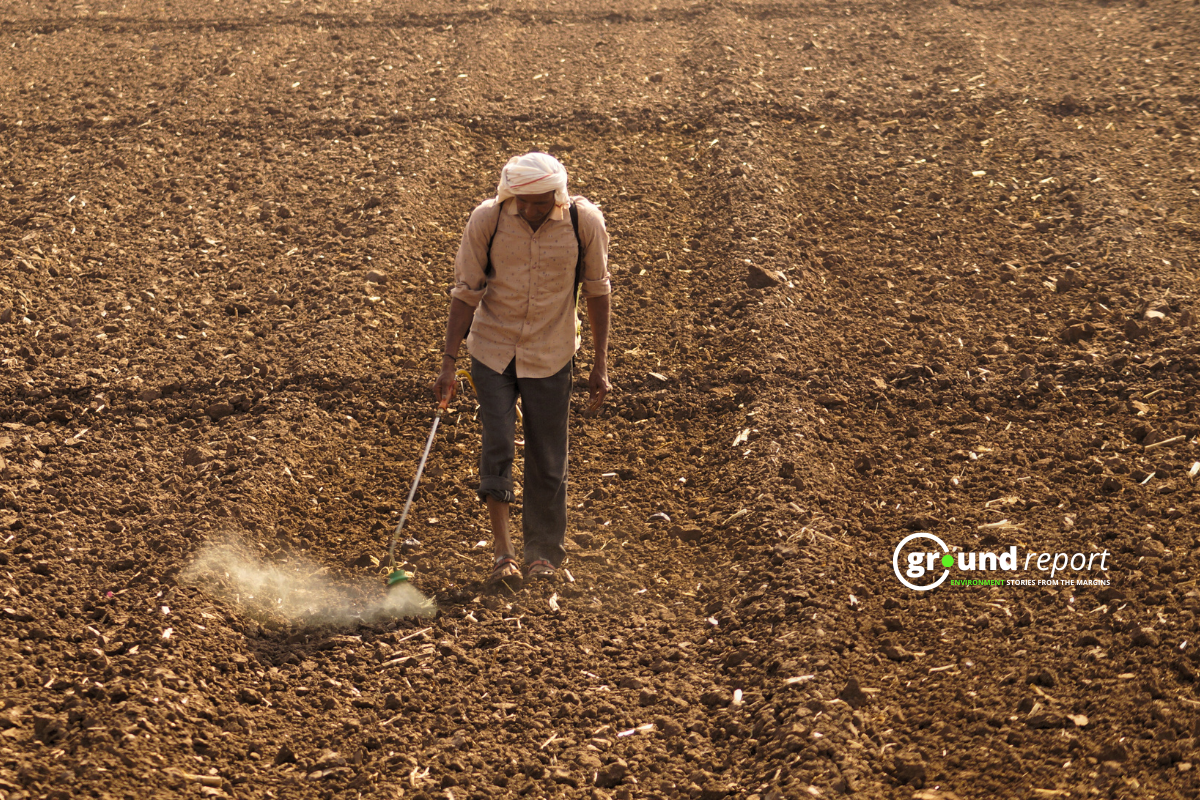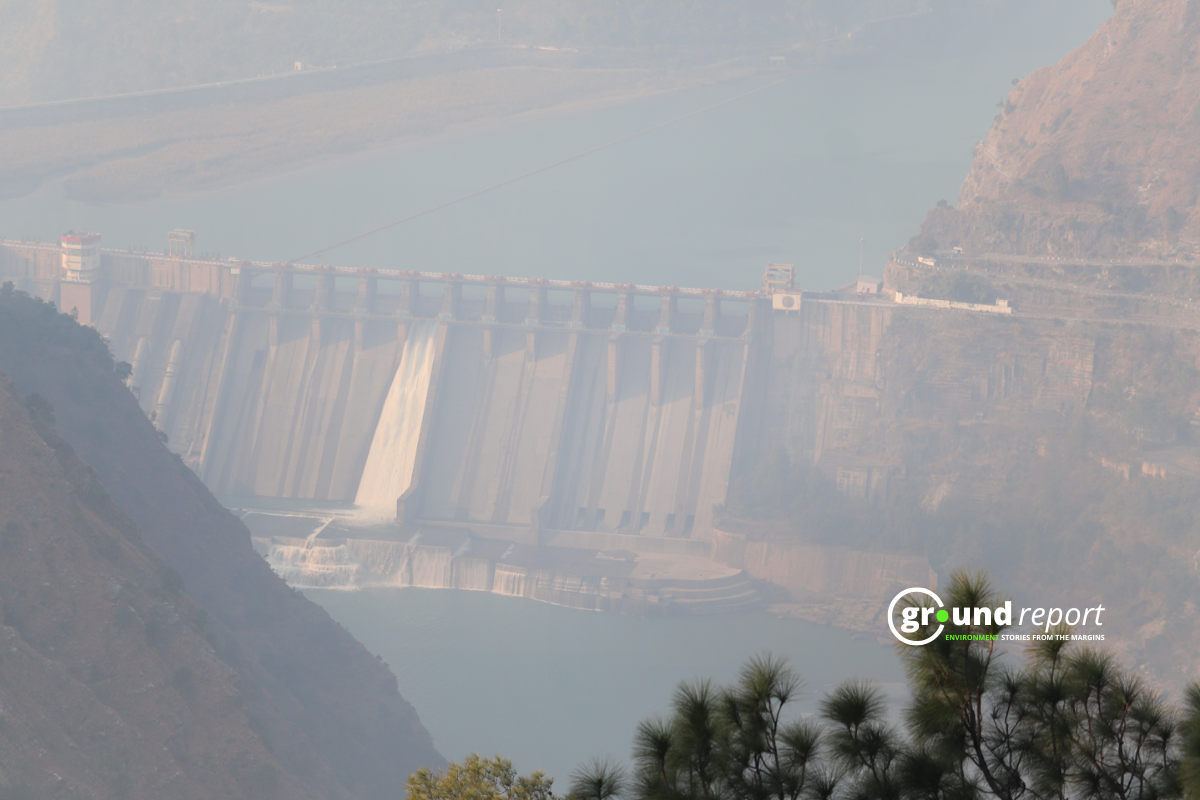A Centre for Science and Environment (CSE) analysis ahead of Diwali and winter reveals worsening air quality in Delhi, with local pollution sources like vehicle emissions as the dominant contributors. The report, excluding external sources, highlights the transport sector as the biggest local polluter, responsible for over half of Delhi’s particulate pollution.
“Farm fires usually contribute to Delhi’s air quality problem during early winter. But this year, despite low farm fire impact, air quality has declined from poor to very poor,” said Anumita Roychowdhury, Executive Director, of Research and Advocacy, CSE. Farm fires contributed only 1 to 3 percent to PM2.5 levels, with 8 to 16 percent peaks on select days. This shift places the focus on local pollutants.
Roychowdhury noted the “stunningly high contribution of vehicles” to Delhi’s local pollution. “With declining farm fire counts, the city can no longer hide behind its smokescreen. Urgent, large-scale action is needed to reduce local pollution sources in Delhi and the surrounding NCR.”
Seasonal surge in PM2.5 levels
CSE’s data from 37 Continuous Ambient Air Quality Monitoring Stations (CAAQMS) in Delhi, covering trends from September 15 to October 28, 2024, reveal a steady increase in PM2.5 levels. On October 14, PM2.5 levels surpassed 100 µg/m³, and by October 23, reached 213 µg/m³, with farm fires accounting for 16 percent of the rise that day. This October has recorded an increase of about 13 percent in average PM2.5 levels compared to last year, according to Shambhavi Shukla, Programme Manager, Clean Air Programme, CSE.
“The PM2.5 levels during early winter seem similar or higher than previous years, indicating no significant improvement in air quality and potential worsening,” said Shukla.
CSE’s findings underscore an alarming trend: Delhi recorded 11 “very poor” air quality days, the highest in three years for this timeframe, with only two “good” air quality days—down from 11 in 2022.
The CSE study, using data from IITM’s Decision Support System for Air Quality Management, identified eight local pollution sources. The biggest contributor was driving, with residential burning coming in second at 13%, industrial emissions coming in at 11%, construction dust coming in at 7%, and waste burning coming in at 5%. Road dust and miscellaneous sources accounted for 4 percent each.
“Vehicles contribute to over half of local pollution,” noted Shubham Srivastava, Programme Officer, Clean Air Programme, CSE, who analyzed Delhi’s escalating traffic congestion. This congestion worsens air pollution as idling vehicles emit pollutants at a higher rate, he explained.
High traffic congestion increases emissions
The study identified increased congestion on Delhi’s major roads due to Diwali traffic. Analyses from Google Maps API data for 25 key stretches in Delhi revealed a 40.8% reduction in traffic speed during weekday morning peak hours and 57.9% during evening peaks. On the weekend before Diwali, congestion peaked, with some areas experiencing over 60% reduction in traffic speeds, elevating nitrogen dioxide (NO2) levels.
“Hourly nitrogen dioxide levels correlate strongly with traffic congestion, as idling vehicles emit several times their normal emissions,” said Srivastava. The study found NO2 levels peaked at 75 µg/m³ on the evening of October 27, when traffic speed fell to 21 km/h. Even at midnight, NO2 concentrations remained elevated at 68 µg/m³.
Minimal impact from farm fires this season
Unlike previous years, farm fires’ contribution to Delhi’s air quality remains low. Between October 10 and 28, the four surrounding states recorded 3,264 burning events, contributing less than 1 percent to Delhi’s PM2.5 levels until October 20. According to Shukla, the contribution from farm fires peaked at 16 percent from October 22 to 25, but it significantly decreased as the direction of the wind changed.
Delhi’s 13 official air pollution hotspots had high PM2.5 levels in October. Burari Crossing, Bawana, and Jahangirpuri recorded the highest levels, with Burari Crossing averaging 204 µg/m³. While Mundka and Bawana improved from last year, most hotspots remain above the critical threshold of 100 µg/m³.
Anand Vihar ranks as Delhi’s most polluted area with an annual PM2.5 level of 111 µg/m³, followed by Jahangirpuri at 102 µg/m³. Nehru Nagar and Vivek Vihar emerged as new hotspots.
CSE’s findings emphasize that local pollution sources are more influential than recognized. Roychowdhury stated, “While action on farm fires must be aggressive, local and regional pollution sources must also be tackled to meet clean air standards year-round.”
She advocated for a comprehensive clean air action plan for Delhi and NCR, including increased public transport usage, enhanced vehicle electrification, strict controls on solid fuel usage, and pollution reduction from construction activities.
“Reducing vehicle emissions, promoting clean fuel transitions in industries, and eliminating garbage burning are essential to reducing Delhi’s local pollution,” she urged.
Support us to keep independent environmental journalism alive in India.
Keep Reading
Govt shelves elephant census, population drops 20% in 5 years
Wildlife SOS mourns passing of Suzy, 74, oldest rescued Elephant
Asian Elephants display complex mourning rituals similar to humans: study
Asian Elephant populations threatened by rapid ecosystem decline
Follow Ground Report on X, Instagram and Facebook for environmental and underreported stories from the margins. Give us feedback on our email id greport2018@gmail.com.
Don’t forget to Subscribe to our weekly newsletter, Join our community on WhatsApp, and Follow our YouTube Channel for video stories.






